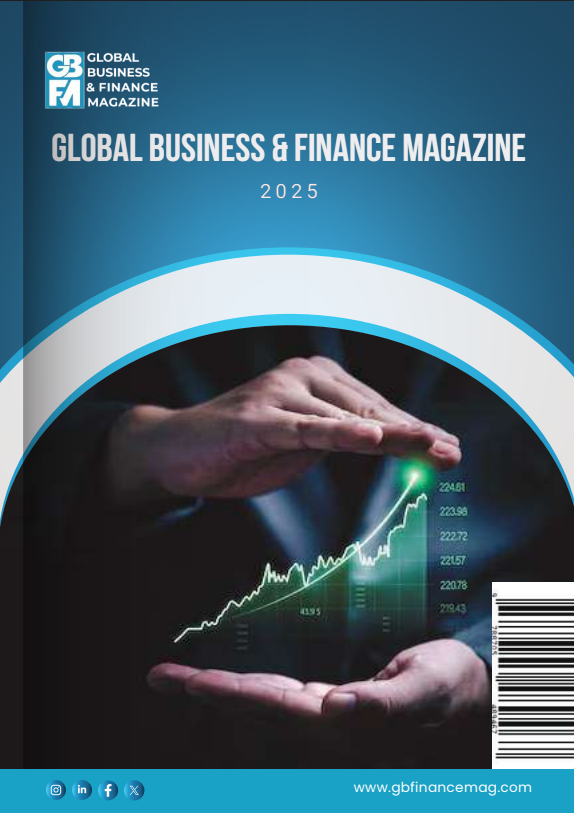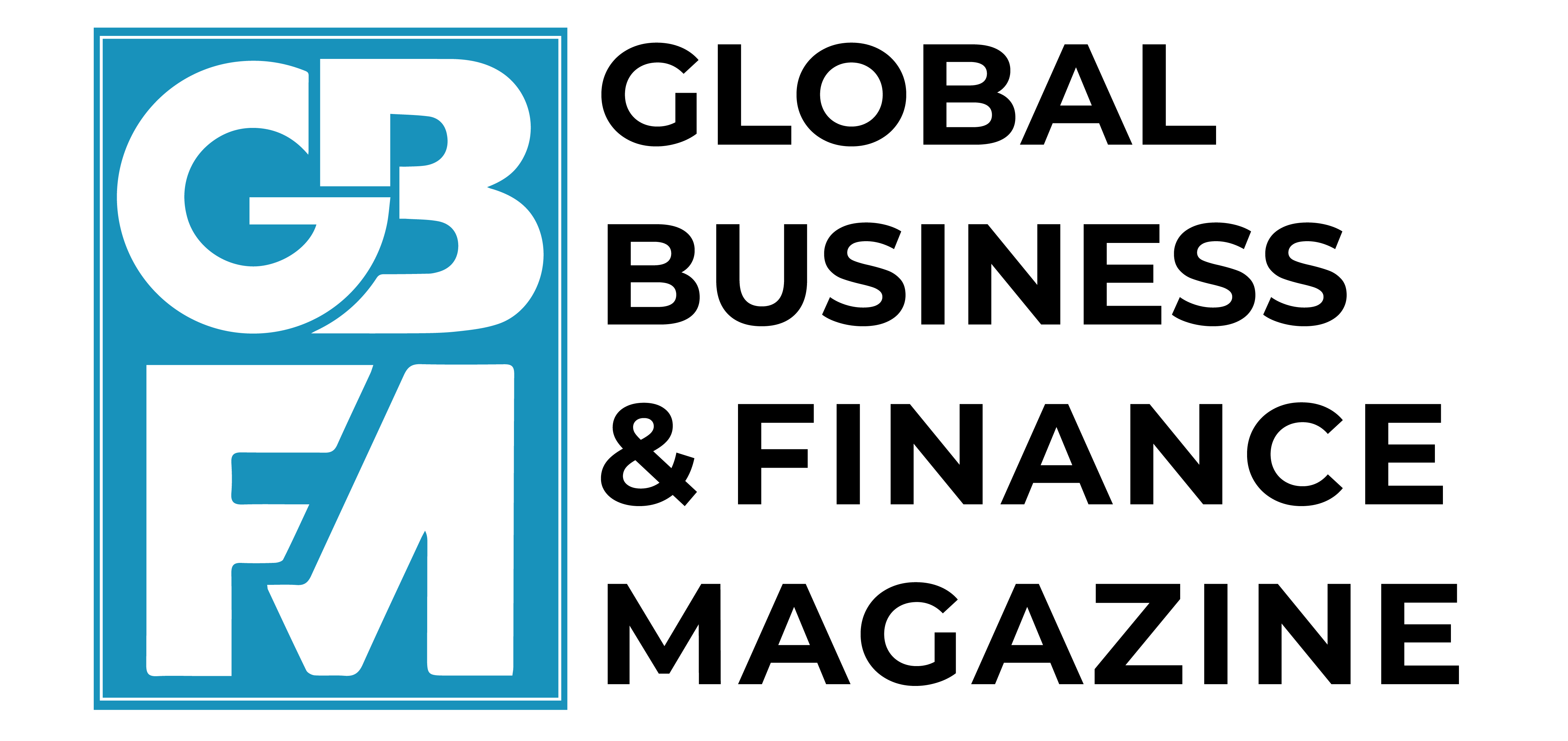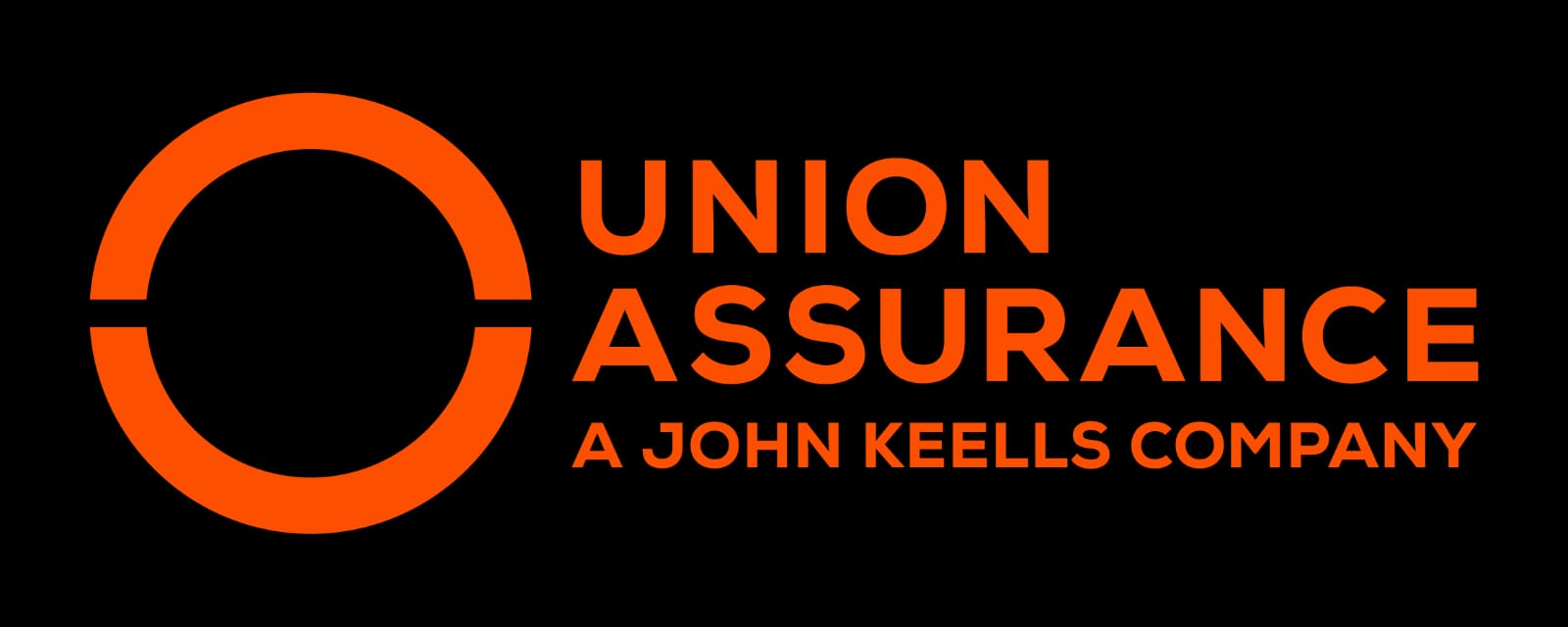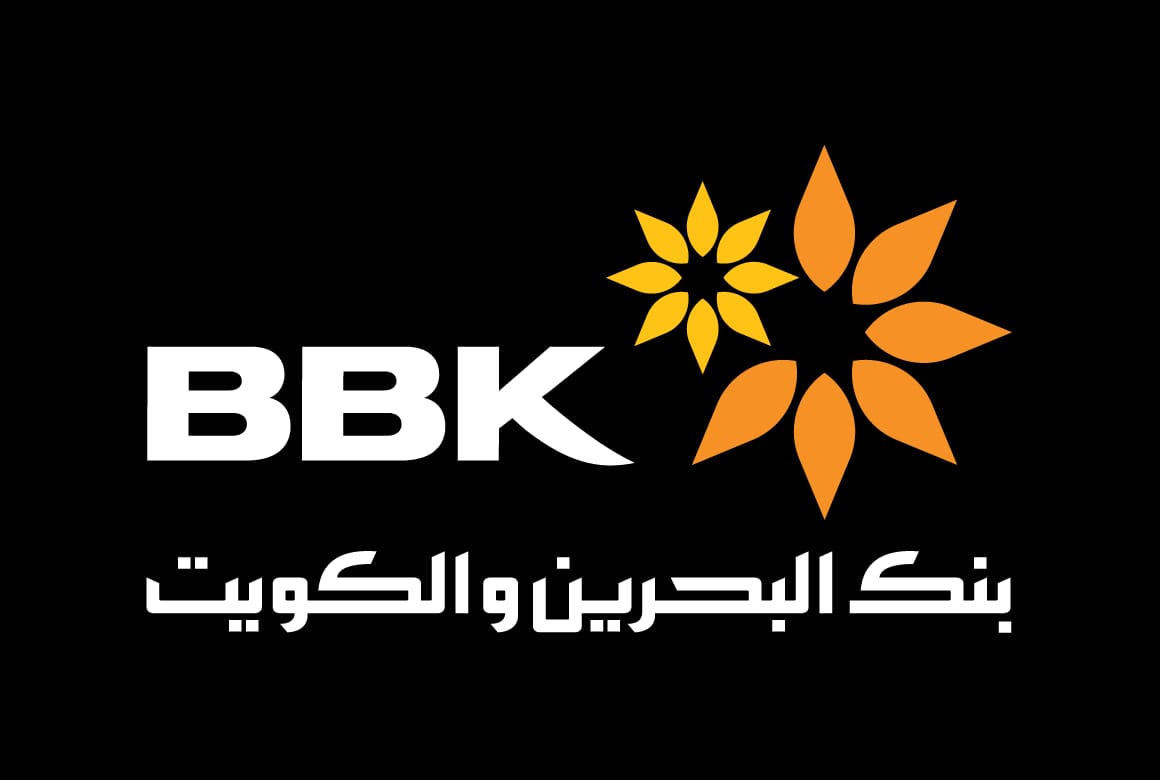After the June NATO summit, Europe faces greater challenges in funding its green, digital, and defence transitions, as new defence commitments strain national and EU budgets. Balancing strategic priorities with debt sustainability is key. This column proposes a three-pronged strategy of (i) using existing fiscal tools, (ii) adopting additional national measures, and (iii) building a more cohesive and productive Europe.
Europe is facing unprecedented financing challenges as it seeks to transform its economy while addressing new defence commitments. The scale of these needs has grown significantly over the past year, requiring both public and private investment on an extraordinary scale.
The EU’s strategic spending after the NATO summit: Scaling up from big to bigger
One year ago it was estimated that the EU required approximately €800 billion per year in additional strategic spending (mostly investment) to support the ‘three transitions’: green, digital and defence Based on updated EU and NATO sources, such strategic needs have now surged to almost €1,200 billion per year on average over the period 2025-31. The most significant increase stems from the new defence spending commitments agreed in The Hague by NATO members, including 23 EU countries. To achieve the new target for annual defence spending (5% of GDP by 2035) the EU would need to secure approximately €320 billion in additional public funding per year on average (Figure 1).
Figure 1 Estimated annual strategic spending needs in the EU: Green, digital, and defence transitions
(Annual average additional spending needs, percentages of 2024 EU GDP, 2025-31)


Sources: European Commission, European Parliamentary Research Service, NATO, European Investment Bank (EIB) and ECB staff calculations.
Notes: The investment needs for the three transitions in the EU are expressed in terms of 2024 GDP and broken down into private funding (blue bars), already existing EU funding (yellow bars), and additional public funding needed at national and EU level (red bars). For the methodology used, see Bouabdallah et al. (2024) and footnotes 1 to 5.
The evolving geopolitical landscape highlights the urgent need for Europe to strengthen its strategic capacity. Critical challenges need to be tackled in a coordinated and sustainable manner. Without a well-designed roadmap, EU countries could face a harsh choice between debt sustainability and being able to finance strategically critical expenditures.
Bouabdallah et al. (2024) argued that only a comprehensive, multi-pronged financing strategy – one that integrates national and EU initiatives and private and public funding sources – can help navigate this trade-off effectively. This argument is even more relevant today.
Public funding of the strategic needs: A three-level pyramid
While optimising private financing and promoting public-private partnerships will remain crucial to address pressing investment needs, the burden on public strategic financing has increased significantly following the NATO summit.
Historically, public funding accounted for 24% of green investment, 15% of digital investment, and virtually 100% of defence spending. Applying these shares to the updated €1,200 billion annual needs, the public financing component (yellow and red bars in Figure 1) rises from 24% of total spending needs in 2024 to 43% today. Assuming the funding share from private sources remains constant and accepting the EU and NATO estimates at face value, the additional burden on national and EU budgets would amount to approximately €510 billion annually.
How could the public share of the three transitions be financed? Several avenues can be identified, which may be grouped into three building blocks (Figure 2):
- ‘Status quo’: At the base of the pyramid are national and EU public financing mechanisms that are already in place or, while still in the pipeline, have been decided.
- ‘Put further order in your house’: In the middle layer are new measures to be implemented at the national level.
- ‘A more cohesive Europe’: The top of the pyramid includes innovative measures that would entail deeper integration at the EU level.
Figure 2 Public strategic financing of the three transitions: A multi-pronged approach


Source: ECB staff.
These three building blocks offer a structured framework for financing solutions that align with Europe’s strategic priorities, while reflecting varying degrees of national and EU involvement.
A funding gap of more than €100 billion per year
The first block, maintaining the status quo, serves as the foundation of the financing strategy. This approach focuses on using the fiscal space available in certain EU member states and on leveraging the existing EU toolkit.
Our analysis reveals a significant funding gap for Europe’s green, digital and defence transitions, even under optimistic scenarios. At least €106 billion per year – 21% of the €510 billion in public funding needed – cannot be covered within the current framework. Over the period 2025-31, the existing tools could provide up to €404 billion annually for these transitions. This amount comprises a number of different mechanisms:
- Using the fiscal space available in the EU member states with healthy public finances. According to EU fiscal governance rules, eight member states with robust public finances currently have fiscal space of about €60 billion. If half of this capacity were directed each year towards new strategic investments – an optimistic assumption – it would fund around €30 billion, i.e. about 6% of the total public financing needs.
- Optimising the use of the existing fiscal governance at the national level, which would allow member states to unlock up to €180 billion per year – around 35% of the public needs. This includes two important elements of budgetary flexibility.
a) The extension of fiscal consolidation periods under the medium-term national fiscal plans. Eight EU member states have opted to lengthen their fiscal consolidation plans from four to seven years This extension reduces the annual fiscal adjustment burden, freeing up resources for credible investment and reform. If half of this were used for strategic spending – again, an optimistic assumption – it could create fiscal space for public investment of up to €95 billion per year between 2025 and 2031.
b) The use of the national escape clause (NEC) of the Stability and Growth Pact (SGP). So far, 16 EU countries have availed themselves of the NEC. This will offer temporary budgetary flexibility to increase defence spending by up to 1.5% of GDP annually over the period 2025-28. NEC-related debt issuance between 2025 and 2028 implies a commitment to stronger fiscal consolidation from 2029 onwards in order to comply with EU fiscal rules (Figure 3, panel b). Taking this future adjustment into account, we estimate the net annual fiscal contribution that could be used to cover the public spending needs at around €86 billion over the period 2025-31. - Using already existing or approved EU resources and debt issuances, which amount to more than €190 billion per year over the period 2025-31. This corresponds to 37% of the public financing needs (yellow bars in Figure 1) and includes: (i) the shares of the Recovery and Resilience Facility (RRF) allocated to the green and digital transitions until the end of 2026; (ii) the new SAFE instrument for the funding of defence expenditure; (iii) other funding initiatives throughout the EU budget related to the three transitions; and (iv) EIB funding of the three transitions.
If, as argued above, the existing financing is insufficient, what else should be explored? The next building block emphasises the need to reprioritise national public expenditure and/or increase taxation.
Reshuffle spending and/or increase taxes
The enhancement of national fiscal resources may take different forms, depending on the specific circumstances of each country. Efficiency gains in public expenditure offer some potential for fiscal optimisation. Phasing out inefficient subsidies that are misaligned with EU priorities, such as fossil fuel subsidies, would also help. Another possibility would be resorting to ad hoc revenues, such as a special defence tax (Blanchard 2025, Vallée and de Weck 2025), or well-structured public-private partnerships.
However, this second building block is unlikely to fully bridge the public funding gap associated with the three transitions. Several structural constraints limit the potential for further reprioritisation of national budgets. Many EU member states are already grappling with substantial fiscal consolidation efforts due to their high public debt levels, and, from 2029 after the conclusion of the NEC period, the burden will be further compounded (Figure 3).
Figure 3 The NEC provides only temporary budgetary flexibility


Sources: European Commission (Spring 2025 Economic Forecast) and ECB staff calculations.
Notes: The panels focus on the 11 euro area countries that have adopted the NEC. In panel a), the blue (yellow) lines indicate the debt ratio in the case of compliance with the EU fiscal rules before (after) the activation of the NEC. The red line shows the debt dynamics in the case of no fiscal adjustment when the NEC expires in 2029. In panel b), the blue (yellow) bars indicate the fiscal adjustment required in the case of compliance with the EU fiscal rules before (after) the activation of the NEC.
A more cohesive Europe: An indispensable building block
Our analysis suggests that a more cohesive Europe is not merely an option but a necessary condition for effectively financing the three transitions. We outline five fundamental avenues for action.
- The establishment of the Savings and Investments Union (SIU)
Progress towards completing the Capital Markets Union and the Banking Union will be essential to mobilise private funds. By better channelling savings into productive private investment, Europe can more effectively address its massive investment needs and reduce the share of public funding required.
- Boosting productivity across the EU
A roadmap for increasing productivity is outlined in the European Commission’s Competitiveness Compass, which builds on the recommendations of the Draghi report on the future of European competitiveness (Draghi 2024).
- Reforming the EU budget in the next multiannual financial framework (2028-34)
Similar to reprioritisation at the national level, the EU budget should allocate a significantly higher share to strategic spending, which accounted for only 8.5% of the EU budget in 2022. The European Commission recently unveiled a comprehensive proposal in this direction. Assuming full implementation of the budget proposal, we estimate that the public funding gap identified above would shrink by almost 30%.
- Strengthening joint procurement
Military production in the EU remains highly fragmented, with a significant home bias. Enhancing joint procurement among EU countries would lower costs, allow for the acquisition of strategic enablers (e.g. military satellites), and foster innovation. Similar considerations apply to other European public goods, such as electricity grids.
- Joint debt issuance for European public goods
Common financing through joint debt issuance would pool financial resources and creditworthiness across the EU. If properly designed, this may result in lower borrowing costs compared to several individual member states issuing debt independently.
Bridging the gap: A blueprint for Europe’s strategic future
The updated additional strategic spending needs outlined in this column require an integrated and comprehensive European blueprint.
On the public financing side, our estimates suggest that, even under optimistic assumptions, the available national fiscal space, existing fiscal governance measures, and current EU resources and debt issuance could not fully cover the public financing needs.
Addressing this gap calls for reprioritising national budgets to maximise efficiency and establishing a clear roadmap for deeper integration. Strengthening Europe’s fiscal capacity and strategic cohesion through this holistic approach aligns closely with the ongoing public debate about the need for a ‘Hamiltonian moment’ – a transformative step towards deeper fiscal and political integration. Without such a step, securing the financing necessary for Europe’s strategic investments could prove exceedingly difficult.
Source : VOXeu



































































